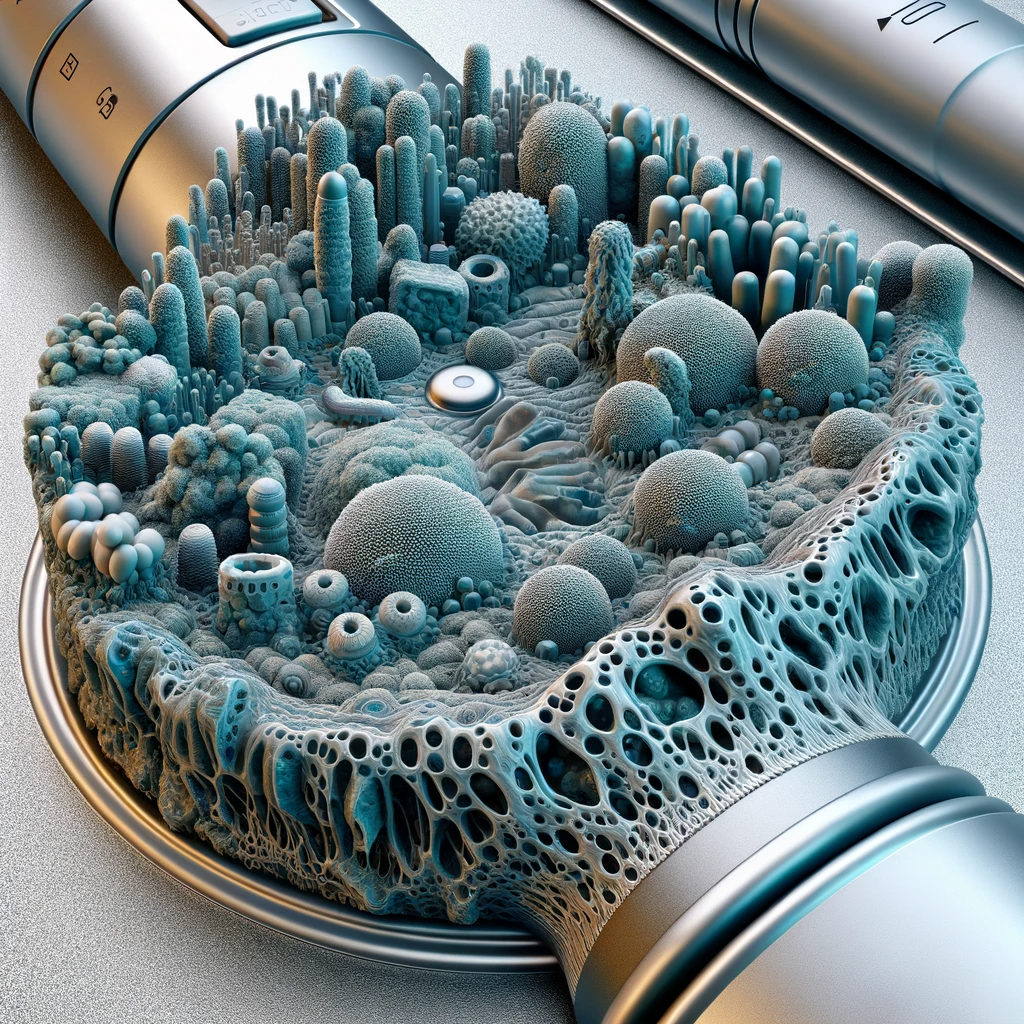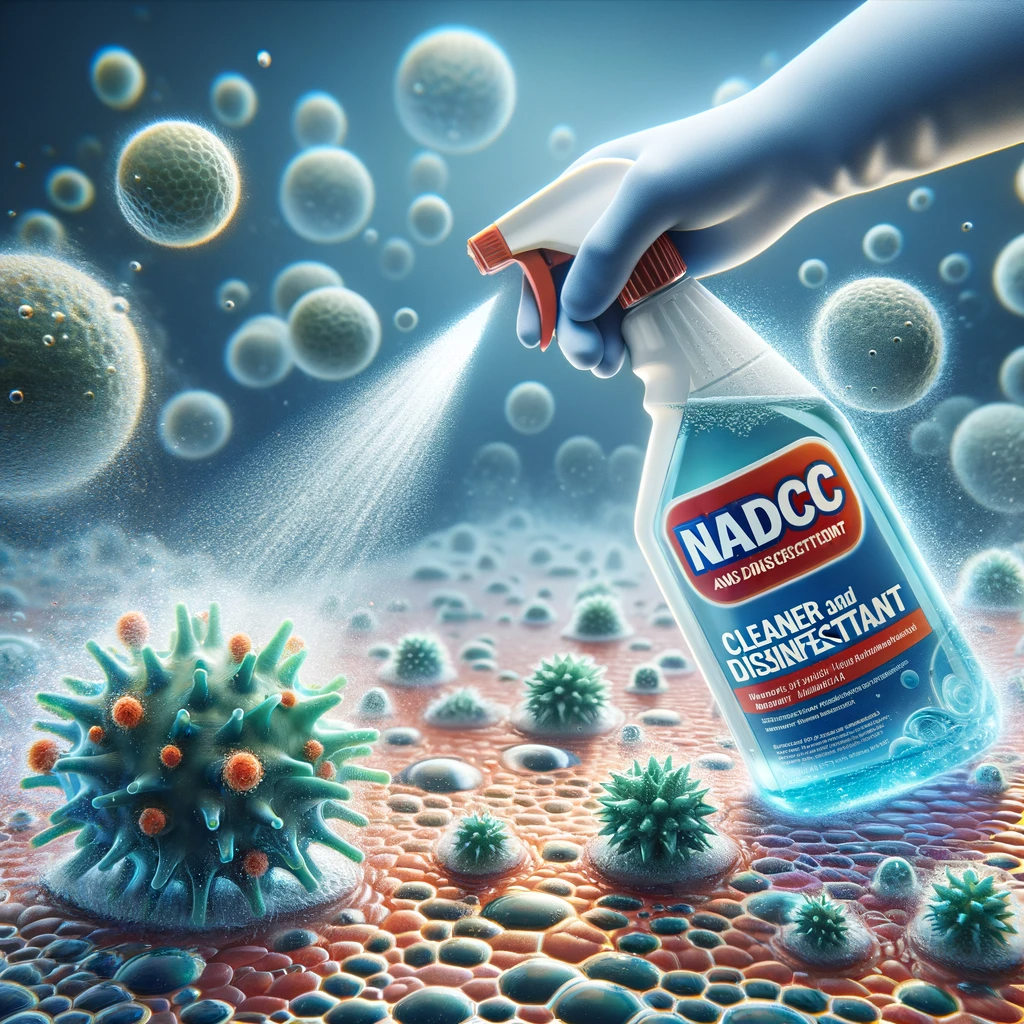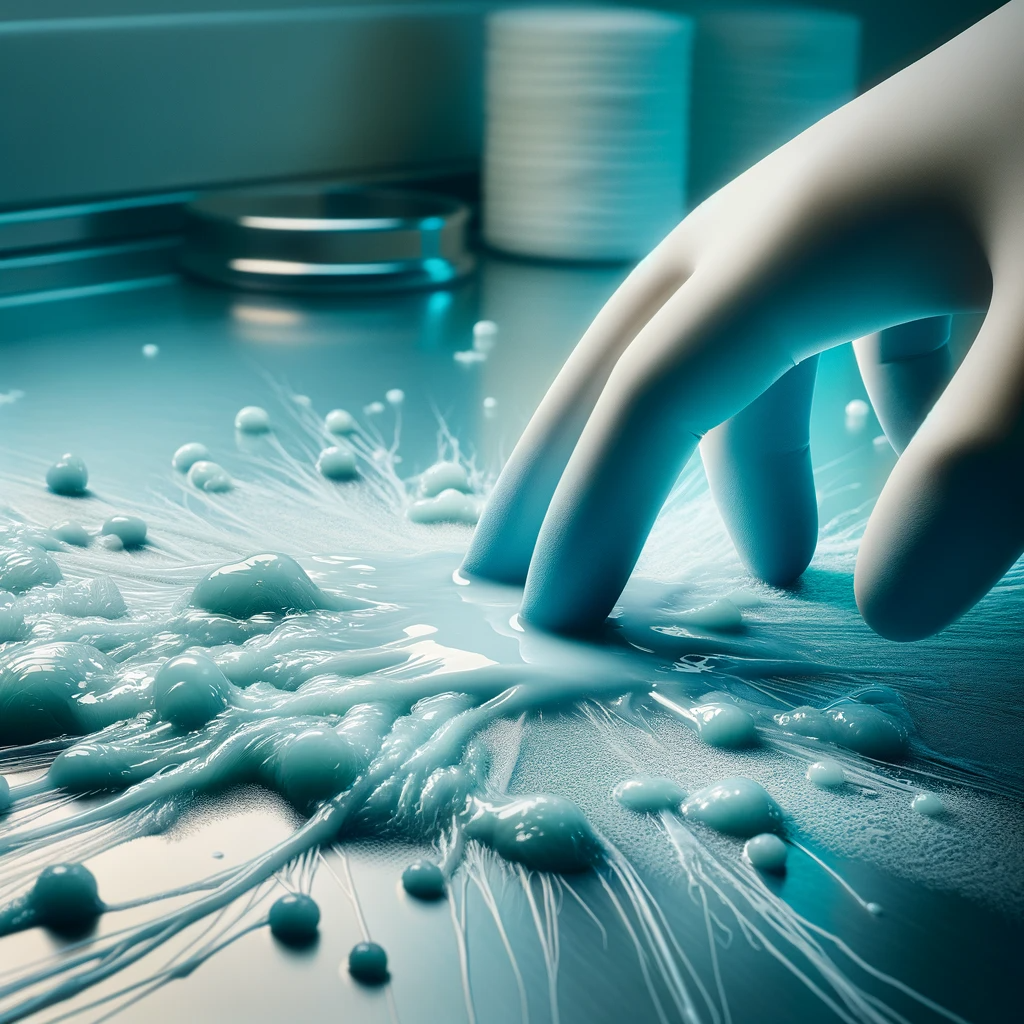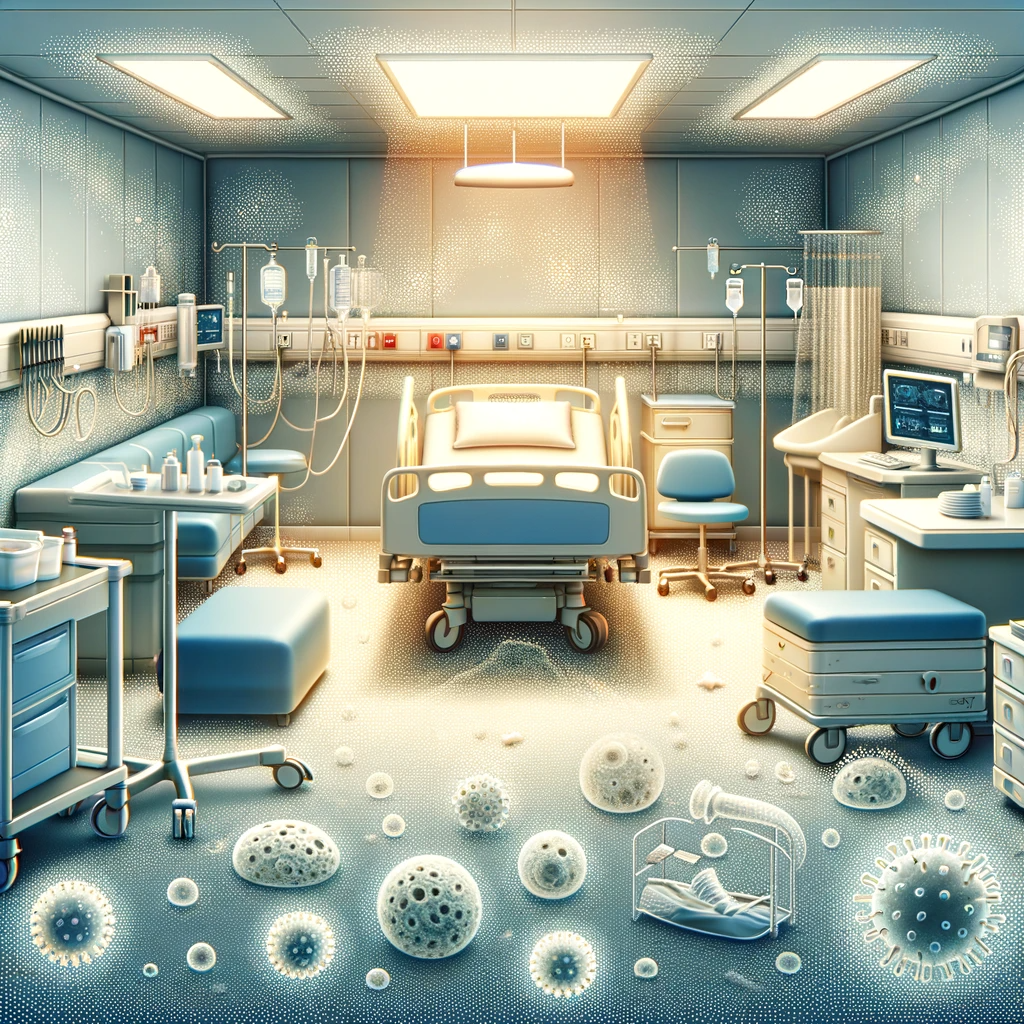Biofilms on Surfaces: The Unseen Health Hazard
Biofilms, often unseen, pose a significant risk in healthcare environments, clinging to hard surfaces and medical instruments. These biofilms act as shields for multi-drug resistant organisms (MDROs), aiding in the spread of healthcare-associated infections (HAIs).
Key Aspects of Biofilms:
- Surface biofilms, increasingly resistant to antibiotics and antimicrobials, form when microbes like bacteria and fungi adhere to surfaces. These biofilms protect the microbes from external threats, including antimicrobial agents.
- Different microbial species within a biofilm can exchange antibiotic resistance genes, complicating treatment.
- Notably, 65%-80% of chronic infections are biofilm-related. Bacteria in biofilms can show up to a 1,000-fold increase in antibiotic resistance and be 1,500 times less susceptible to disinfectants.
Transmission Risks:


- Biofilms on various surfaces, including plastic, stainless steel, and textiles, endanger both patients and healthcare workers, harboring pathogens that can cause difficult-to-treat infections.
- They can persist for extended periods and a single touch can transfer biofilm bacteria, contaminating other surfaces.
Disinfectant Challenges:
- Most disinfectants struggle to penetrate biofilms and prevent their regrowth. Even effective products might not kill primary biofilm-forming MDROs or may be hazardous to health.
- Research shows the limited effectiveness of disinfectants, including bleach and hydrogen peroxide, against biofilms.
Biofilm-Forming Superbugs:


- A wide range of microbes, including both Gram-positive and Gram-negative bacteria, and fungi, form biofilms. This includes all five major “superbugs” contributing to most HAIs.
Combating Biofilms:
- Eradicating MDROs in biofilms can significantly reduce HAIs. Key strategies include educating healthcare teams, implementing targeted cleaning protocols, employing advanced disinfection technologies, and using biocidal agents with proven efficacy against a range of pathogens and biofilms.
The Role of NaDCC Chemistry:
- NaDCC chemistry has shown significant effectiveness against surface biofilms and MDROs. Its use can reduce both direct and cross transmission of biofilm bacteria and prevent their recovery.

